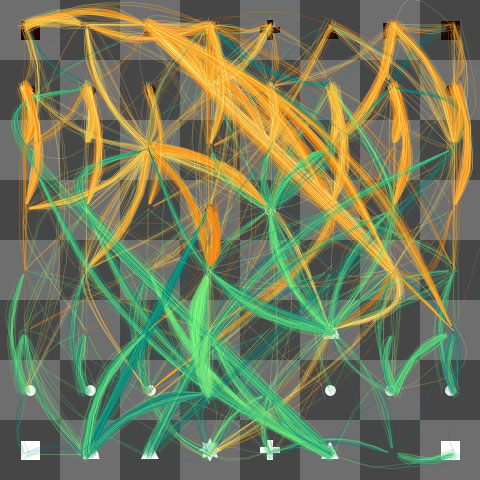Improvement is based on two pillars:
- Add Positives
- Remove negatives
Removing negatives is getting rid of bad habits and weaknesses. It is paramount to analyse your own games to identify these weaknesses.
The process is best though of as a feedback loop. While working on the two pillars, analyse further games to see if there is improvement. This is the step where the help of an instructor is useful. While at lower levels vasts improvements are possible just through the study of tactics, at higher levels the comments of a better player to remove subtle misconceptions is increasingly important.
The big five one must reasonably understand and master is :
- Practice a lot of slow chess. It is important to play higher rated players that will punish you for your mistakes rather than weak players that will reinforce bad habits.
- Safety and tactics. One must work on a set of tactical exercises up to the point where they are solved almost instantly. Being able to 'figure them out' is not good enough - it will be too difficult to find in a slow game. Just like one does not compute six time seven, memorisation of simple tactical patterns is a massive boost.
- Piece activity. Getting out of the opening with a fully functional army.
- Though process. More on this later. This is why slow chess is important. If you play only blitz games your though process cannot improve, nor can your position evaluation.
- Time management. It is very important to budget and use all the time available. Opening and non-critical moves should be played relatively fast. Just one bad move can lose the game regardless of how well one played up to there. Consistency is the most important aspect.
- Understanding of general chess principles (importance of the center, activity, king safety, etc)
For the though process, it is
- What are all the things that my opponent's move does? Is it safe? What are the threats? When analysing possible opponent's replys, one must assume the best possible answer from the opponent, however on the contrary when analysing his move one must consider that it might be a mistake.
- What are the positive things I want to do? Stop tactics, make a plan.
- What are the moves that might accomplish my goal? initial candidate moves. Do not stop once you see a decent move, try to look for a better one.
- Check these initial candidates for safety. Are there checks captures or threats that can defeat the move? Eliminating these is the difference between real chess and hope chess.
- Of the final candidates, which one leads to the best position?
If you don't know what to do at all, try to improve the activity of your worst piece or reduce the activity of the opponent's pieces.




